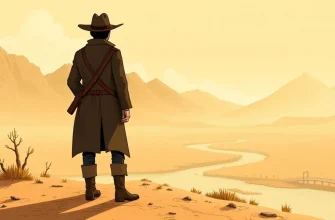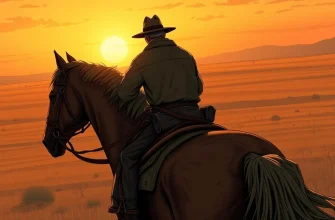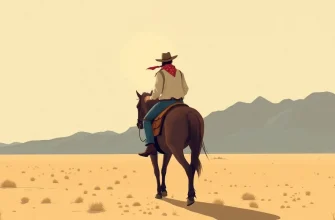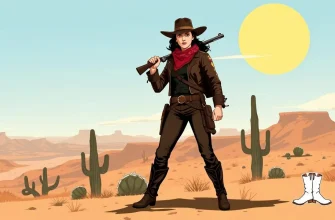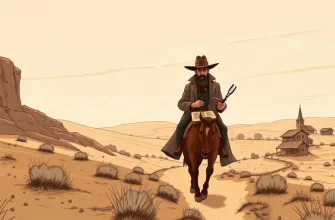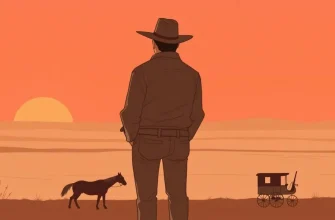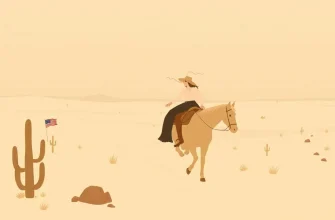- The Man Who Shot Liberty Valance (1962)
- The Wild Bunch (1969)
- The Ballad of Cable Hogue (1970)
- The Life and Times of Judge Roy Bean (1972)
- The Train Robbers (1973)
- The Missouri Breaks (1976)
- The Outlaw Josey Wales (1976)
- The Long Riders (1980)
- The Legend of Frenchie King (1971)
- The Great Northfield Minnesota Raid (1972)
The Wild West is often portrayed as a land of outlaws, sheriffs, and gunslingers, but what about the unsung heroes or villains of the financial world? This unique collection of Western films delves into the lives of bankers, showcasing their pivotal roles in the untamed frontier. From tales of greed and corruption to stories of redemption and justice, these films offer a fresh perspective on the classic Western genre, proving that even in the lawless West, money talks.
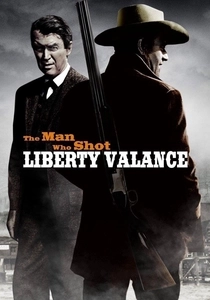
The Man Who Shot Liberty Valance (1962)
Description: This classic Western includes a subplot where a banker plays a crucial role in the town's development, highlighting the economic underpinnings of the West.
Fact: The film is often cited for its famous line, "When the legend becomes fact, print the legend."
 Watch Now
Watch Now 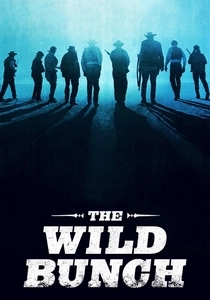
The Wild Bunch (1969)
Description: This film includes a bank robbery as a central plot point, exploring the themes of loyalty, betrayal, and the changing times in the West.
Fact: The film was highly controversial for its graphic violence but is now considered a landmark in the Western genre.
 Watch Now
Watch Now 
The Ballad of Cable Hogue (1970)
Description: This film tells the story of Cable Hogue, a man left for dead in the desert, who strikes water and builds a stagecoach stop, becoming a banker in his own right. It's a unique blend of Western and comedy, highlighting the entrepreneurial spirit of the West.
Fact: This was one of the last films directed by Sam Peckinpah, known for his gritty Westerns. The film's theme song was sung by Jason Robards, who plays Hogue.
 Watch Now
Watch Now 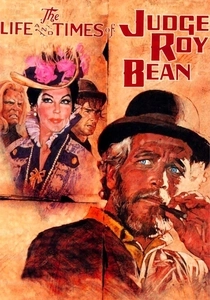
The Life and Times of Judge Roy Bean (1972)
Description: Judge Roy Bean, a self-appointed judge, often deals with bankers and their influence in the West, providing a satirical look at justice and finance.
Fact: Paul Newman plays the title role, and the film features a unique blend of Western, comedy, and drama.
 Watch Now
Watch Now 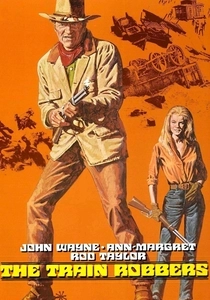
The Train Robbers (1973)
Description: While primarily about train robbers, the film includes a subplot involving a banker who hires the robbers to retrieve gold, illustrating the complex financial schemes of the era.
Fact: John Wayne, who stars in the film, was also a producer, ensuring the film's authenticity to the Western genre.
 Watch Now
Watch Now 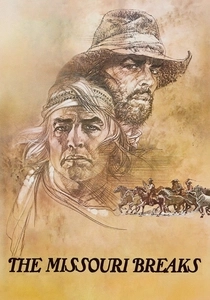
The Missouri Breaks (1976)
Description: While not directly about bankers, this film features a cattle rustler who targets wealthy landowners, including a banker, showing the economic dynamics of the West.
Fact: This was the only film to star both Marlon Brando and Jack Nicholson. Brando improvised much of his dialogue, leading to some unique and memorable scenes.
 Watch Now
Watch Now 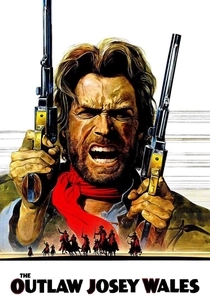
The Outlaw Josey Wales (1976)
Description: While not directly about bankers, the film features a scene where Josey Wales robs a bank, showing the interaction between outlaws and the banking system.
Fact: Clint Eastwood directed, produced, and starred in this film, which became one of his most iconic roles.
 Watch Now
Watch Now 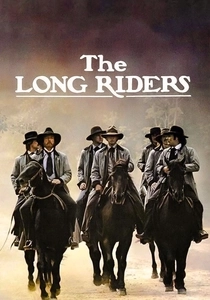
The Long Riders (1980)
Description: This film focuses on the James-Younger Gang, with a subplot involving their attempt to rob a bank, highlighting the tension between outlaws and the banking establishment.
Fact: Real-life brothers played the brothers in the gang, adding authenticity to the family dynamics portrayed in the film.
 Watch Now
Watch Now 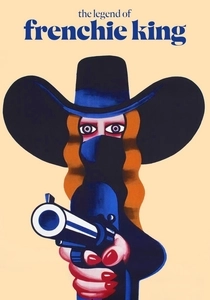
The Legend of Frenchie King (1971)
Description: In this comedic Western, a group of female outlaws, including a banker's daughter, attempt to rob a bank, showcasing the humorous side of Western banking.
Fact: The film was a French-Italian co-production, featuring Brigitte Bardot and Claudia Cardinale, making it a unique entry in the Western genre.
 30 Days Free
30 Days Free 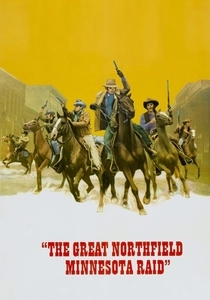
The Great Northfield Minnesota Raid (1972)
Description: This film recounts the infamous raid on the First National Bank of Northfield by the James-Younger Gang. It provides an interesting look at the interaction between outlaws and the banking system of the time.
Fact: The film was directed by Philip Kaufman, who later directed "The Right Stuff." It was one of the first films to use a Steadicam for some of its scenes.
 30 Days Free
30 Days Free 

